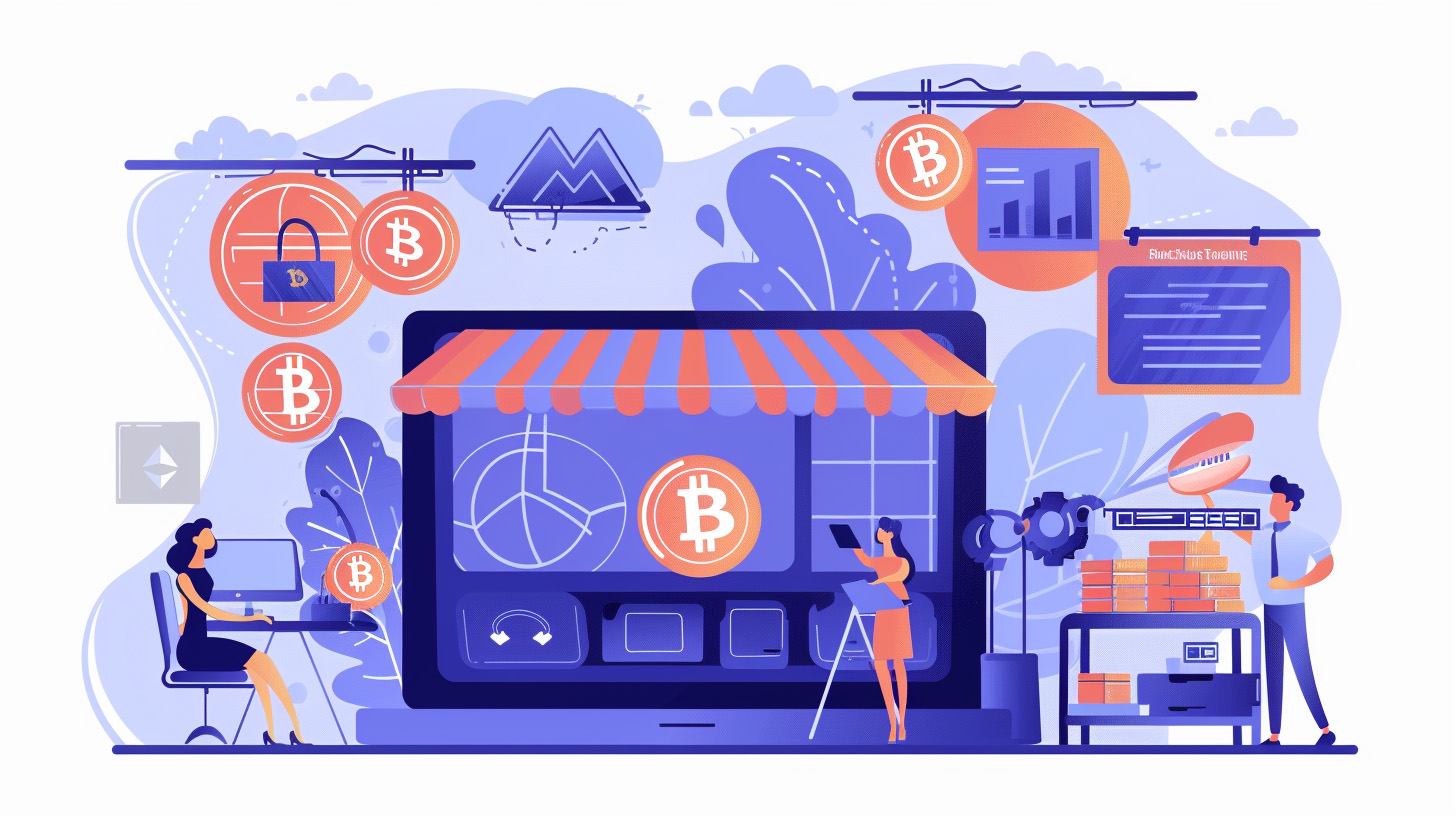Category: PAYMENTS
-
What Is a Digital Wallet and How Does It Work?
It’s an exciting time to be in the world of commerce, isn’t it? We’re witnessing a seismic shift in the way people pay for goods and services, and it’s all thanks to the meteoric rise of digital wallets. Gone are the days when customers had to fumble through their physical wallets, searching for the right…
Written by

-
The Rise of Digital Tipping: Best Practices for Tipping Platforms and Content Creators
As more and more businesses move their operations online, the concept of digital tipping has gained momentum, transforming the way customers show their appreciation for quality service. Gone are the days when cash was king; today, customers prefer the convenience and flexibility of cashless tipping options. For online merchants and creators, embracing digital tipping can…
Written by

-
Stripe Embraces Crypto, USDC Stablecoin, for Real This Time
In a groundbreaking move that has sent ripples through the fintech and cryptocurrency communities, Stripe, one of the world’s largest payment service providers, has announced its decision to start accepting crypto payments. After a six-year hiatus since dropping support for Bitcoin (BTC) in 2018, Stripe is now ready to re-enter the crypto ecosystem, beginning with…
Written by

-
Nuvei to Go Private in $6.3B Buyout Deal Led by Advent International
In a major shakeup for the fast-growing fintech sector, Nuvei Corporation (NASDAQ: NVEI, TSX: NVEI), a leading Montreal-based payment technology provider, has agreed to be taken private by Advent International and existing Canadian shareholders in an all-cash deal valued at approximately $6.3 billion USD. As one of Canada’s most prominent fintech companies, Nuvei has made…
Written by

-
Capital One’s Acquisition of Discover Reshapes the Payments Landscape
In a move that could significantly reshape the landscape of the financial services industry, Capital One Financial Corp. is considering an ambitious acquisition of Discover Financial Services in a deal valued at $35 billion. This all-stock transaction isn’t just a mere business maneuver; it’s a strategic play aiming to catapult Capital One to the forefront…
Written by
